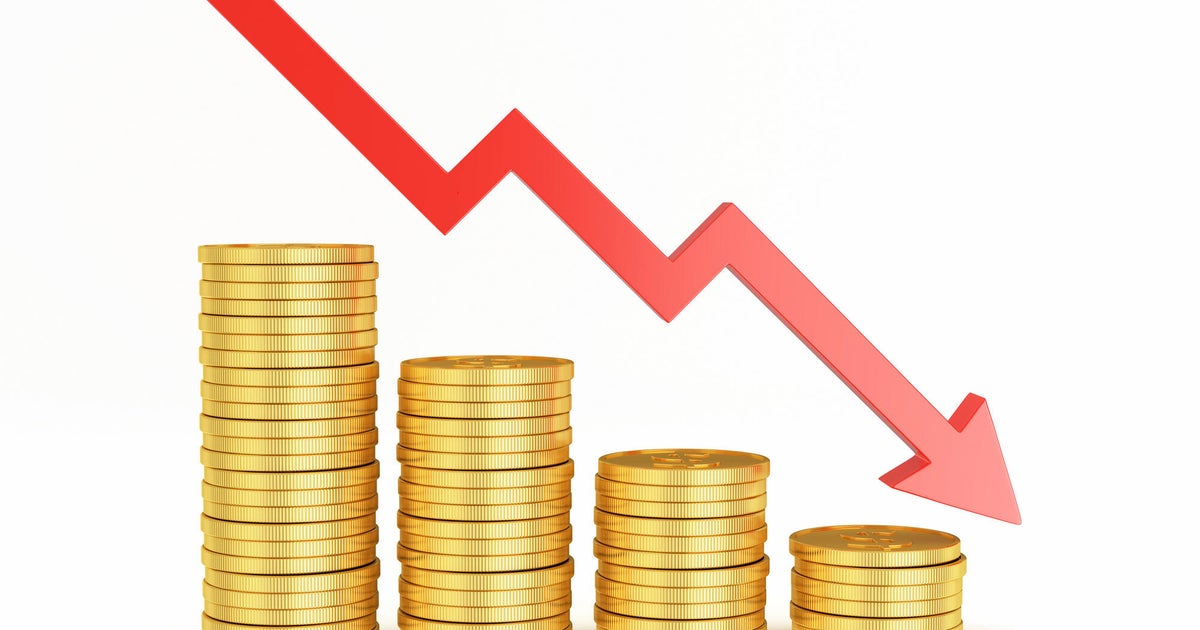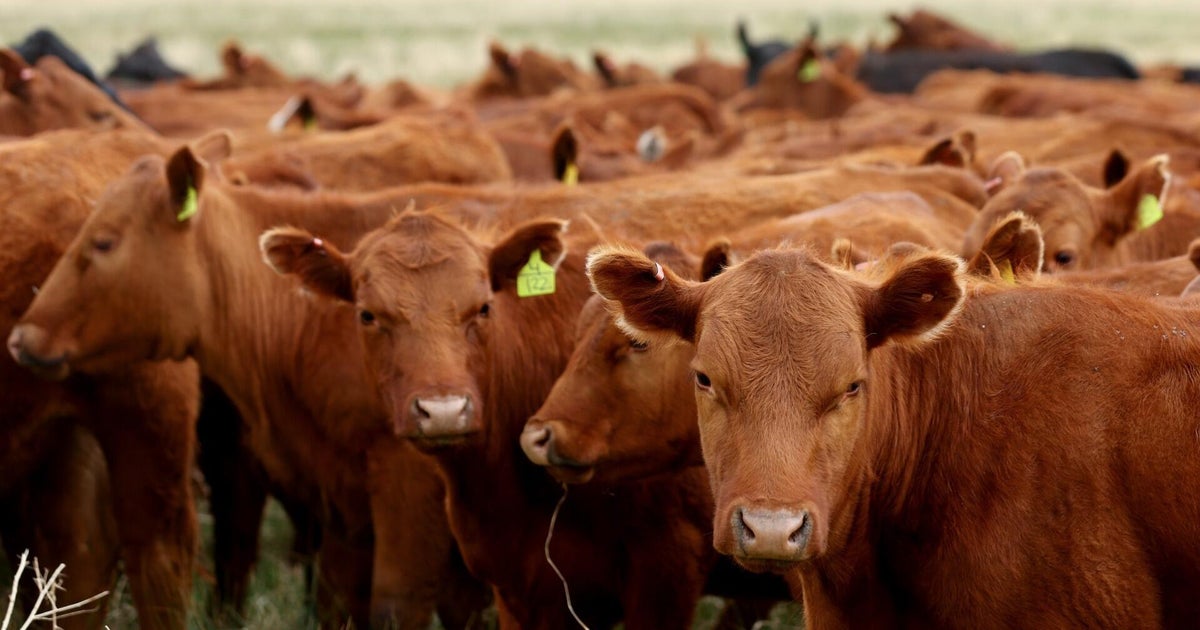Millions of retirees rely on them. So why are dividends disappearing?
By Cameron Gleeson
October 29, 2025 — 5.01am
For decades, Australia has boasted one of the highest yielding sharemarkets in the world. A favourable combination of mature companies turning earnings into dividends and franking credits from the imputation system have helped fund the lifestyles of millions of Australians who rely on regular income from their investment portfolio.
For these Australians, particularly retirees, the regular arrival of dividend cheques is a key part of ensuring financial security. This income has funded the dreams and aspirations of Australians for generations, allowing people to renovate their house, provide for their child’s education, go travelling or just take life a little slower.

Total dividends paid from ASX 200 shares over the year to June 2023 came in at just over $95.5 billion. Fast-forward two years, and that figure had dropped to $83 billion.Credit: Peter Braig
However, in 2025, conditions are quite different. Australians who have relied on the income generated by some of the nation’s largest companies are now facing the reality of smaller dividends.
The scale of the decline is stark. At a market level, total dividends paid from ASX 200 shares over the year to June 2023 came in at just over $95.5 billion. Fast-forward two years, and that figure had dropped to $83 billion.
All the while the ASX 200 index has appreciated significantly, which is great for existing investors in terms of capital gains, but terrible for new investors seeking dividend income in particular.
Analysis from us at Betashares shows that had you invested $10,000 in a market cap-weighted portfolio of ASX 200 shares at the start of the 2023 financial year, you would have earned about $500 in dividends that year.
The recent decline in dividend income from Australian shares does not mean that investors need to give up on their life goals.
The yield for the same $10,000 investment made in financial year 2024 would have fallen to just over $400, and by financial year 2025 you would have received only $378 in dividends. The expected outcome for the 2026 financial year is worse again.
Dividends have been pressured for several years now. The virtuous rotation between the big banks and big miners taking turns to underwrite the overall market yield has come to a halt. Last year, BHP and RIO paid their lowest annual dividends for seven years.
And the banks’ dividend growth has not kept up with their stock prices, crushing what were once attractive dividend yields. While there are other stocks that have delivered significant dividend growth and/or solid yields – such as Wesfarmers, Premier Investments and Atlas Arteria – they have not been able to make up the gap.
To top it off, that other great source of income – interest on cash and term deposits – is being eroded as the RBA cuts rates. In fact, aside from the COVID dip, we haven’t had another time in the past 50 years when the ASX dividend yield and RBA cash rate were both below 4 per cent at the same time.
This has massive implications for Australian investors, particularly those that have relied on cash and shares to generate income. One option is to select a portfolio of stocks that have historically paid high dividends, but it can leave an investor exposed to “dividend traps” (stocks with unsustainable dividends that may experience poor stock price returns and a cut to their dividend).
Alternatively, there are strategies that can generate additional sources of income from a dividend paying share portfolio. For example, covered call ETFs are one way that investors can generate additional income from shares and reduce the volatility of portfolio returns.
Such an approach involves selling call options over a portfolio of shares held. This allows investors to benefit from owning the shares but also the income from the sale of the call options, albeit with some reduction in their potential upside should the shares perform strongly.
These strategies are widely used in other markets such as the United States as a way to generate income in addition to dividends.
Loading
Elsewhere, ETFs that provide exposure to companies with high forecast dividend yields are increasingly being adopted by investors.
While these types of ETFs are not new, the latest generation also use market-based signals such as price momentum and volatility to screen out potential dividend traps that can otherwise adversely impact dividend focused strategies.
Australian investors are well known for their affinity for dividends, so it should come as little surprise that ETFs that help grow income are being increasingly adopted in portfolios. Over time, we expect this trend of ETF adoption to continue as investors look for ways to diversify their sources of income to other parts of the market.
The recent decline in dividend income from Australian shares does not mean that investors need to give up on their life goals and aspirations. However, income-focused investors may need to reconsider their investment strategy.
Fortunately, today there is a greater range of robust investment solutions that can help these investors and other Australians meet their financial goals.
Cameron Gleeson is a senior investment strategist at ETF provider Betashares.
- Advice given in this article is general in nature and is not intended to influence readers’ decisions about investing or financial products. They should always seek their own professional advice that takes into account their own personal circumstances before making any financial decisions.
Expert tips on how to save, invest and make the most of your money delivered to your inbox every Sunday. Sign up for our Real Money newsletter.
Most Viewed in Money
Loading


















































